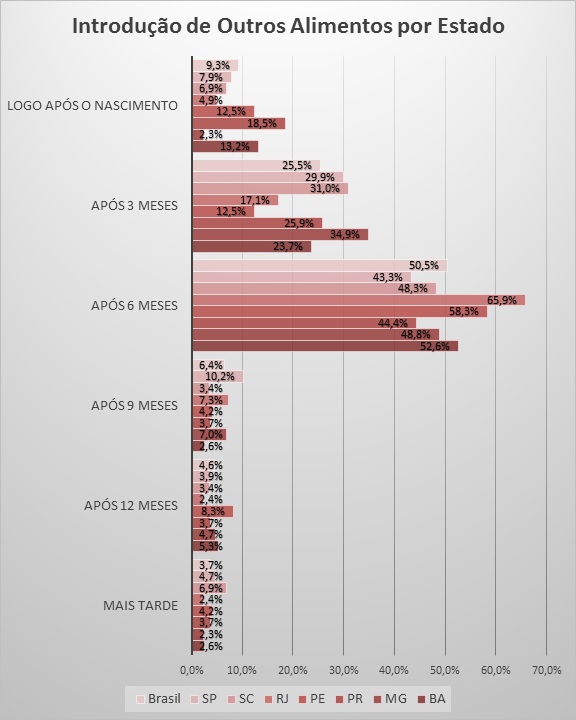On August 1, 2015, attention turns to a topic that is often highlighted here in Famivita Content: breastfeeding. World Breastfeeding Week begins and many events will take place across Brazil, promoted by the local health ministries and departments. For seven days, the topic receives the importance it deserves every day, not just from us mothers or pregnant women, but from society as a whole.
In addition to benefiting development, proper feeding with the most valuable resource for babies decreases their risk of mortality by up to 13% before the age of 5. A shortfall of just 1% endangers the lives of 3,800 babies. According to Fiocruz data for 2014, 186,000 liters were donated and distributed among 178,000 babies, which corresponds to just over half of the country’s 350,000 premature babies. According to the Ministry of Health, this amount covers 55% to 60% of the demand. However, when you look closely at the issue, it’s clear that the real demand must be even higher. The 23% of donated milk not distributed might be just the tip of the iceberg in terms of insufficiency.
It is a fact that in many milk banks, breast milk is supplemented or replaced by formula, as reported by Rosangela Gomes dos Santos, director of the breast milk bank at Hospital Regional Sul in São Paulo: “To guarantee ideal nutrition to all babies we would need 120 liters each month, but we have only 70.” The hospital is responsible for a region of 250,000 inhabitants. Extrapolating this quantity to a national level, the real demand would reach more than three times the amount publicized by the government, and current donations only meet 16% of it. This number refers only to the neonatal ICU demand, not considering the pediatric ICU or other babies who, for various reasons, do not receive breast milk and don’t even get to request it.
Reasons for the Shortfall
Pointing fingers won’t make sure every baby receives their breast milk. Everyone can do more and help so the following results from our survey of 513 mothers and readers can improve. Only 1 in every 6 ever donated surplus milk, and only 1 in every 16 did so regularly. Not every woman has surplus milk to donate, but 47% of respondents reported having no experience with donation and hadn’t even thought about this act of love. That is why the issue needs to be highlighted more in every media outlet.
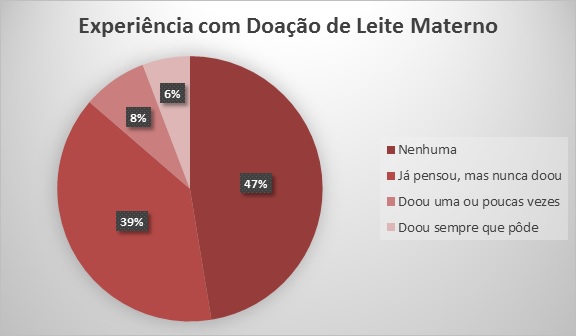
The logistical challenges in a country as large as Brazil undoubtedly contribute to the lack of donation and distribution. Nevertheless, nearly half the population lives in cities of 200,000 residents or more, the vast majority of which have one or more of the more than 300 milk banks or collection centers. Each with an address and phone number, they can be easily found using our LOBALE tool by simply entering your postal code (CEP). A call to the nearest center may reveal that the distance isn’t insurmountable, and can also clear up many doubts or misconceptions about donation.
The length of breastfeeding is insufficient. In 28% of cases, even the mothers’ own babies don’t receive breast milk for the minimum recommended period of 6 months. One in every 16 mothers doesn’t even feed her newborn breast milk and turns immediately to formula. The recommendation is to breastfeed until the age of 2, but only 18% of mothers get that far. Early weaning leads to a loss in surplus milk production for donation. Even with a proportion of women unable to donate breast milk, the numbers remain unsatisfactory. (Note: Total demand includes babies of these mothers.)
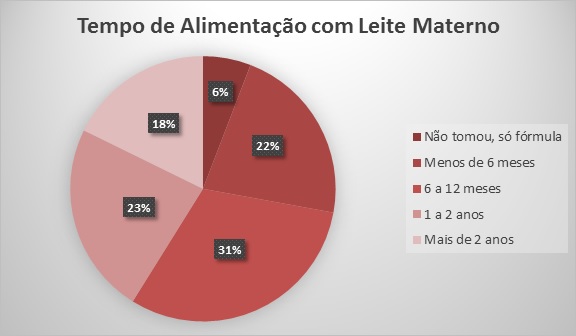
Other Facts about Breastfeeding
The study also revealed another problem that creates a less-than-ideal situation for breastfeeding in Brazil: the introduction of other foods into the baby’s diet. The requirement of 6 months of exclusive breastfeeding is not observed by a third of mothers, who start giving other foods to their newborns. Nearly 1 in 10 mothers add other foods to the diet from day one. This substitution not only cuts the amount and importance of breast milk to the baby, but also contributes to a reduction in actual milk production.
On the other hand, it is encouraging to see that the importance of exclusive breastfeeding is well recognized among the remaining mothers. A large share—51%—of mothers who breastfeed follow the recommended 180 days exactly as advised by doctors. 15% even extend breastfeeding for a few more months.
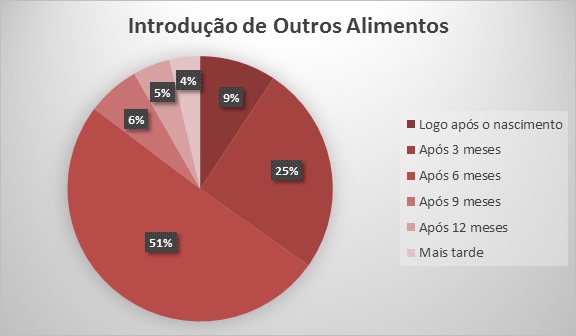
A topic that sometimes stirs controversy among mothers was also part of the survey. What is the best way to give breast milk to a baby? While there’s no doubt that nursing directly from the breast is preferred to other feeding methods, opinions are divided regarding feeding schedules. Three out of every four women choose to nurse whenever the baby asks, while one feeds at set times. Only a minority—6%—use bottles or cups for the baby to consume breast milk.

Some mothers are forced to opt for alternatives to nursing at the breast because they face common problems while breastfeeding. More than half of women experience some sort of obstacle that makes it difficult to enjoy breastfeeding their child. The most common problem is cracked nipples, especially occurring in the first days of breastfeeding. Most of the time, these can be managed with specific creams and lotions. Other issues affecting less than 10% of mothers include mastitis, breast engorgement, and food sensitivities.
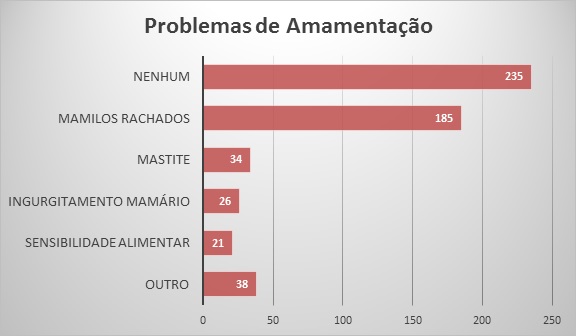
Regional Differences
As with many aspects of life, there are differences between regions in terms of breastfeeding and feeding practices. In the Center-West region, the largest proportion of mothers has access to breast milk donation. The smaller scattering of the population in interior cities and especially the exemplary role of the Federal District in this area contribute to the fact that almost 1 in every 4 women has already donated breast milk. The South and Southeast regions also have donor pools above the national average of 13.7%.
However, it’s in the North region where the importance of donation is best promoted. Only 44% of surveyed mothers had not yet thought about donating. The challenge in this region appears to be access to collection and distribution centers. The North has only 28 donation units for nearly half of the country’s territory. In the Northeast, the need for breast milk donation is not only less well known, but it is also where the fewest mothers actually donate; only 9% reported ever giving breast milk.
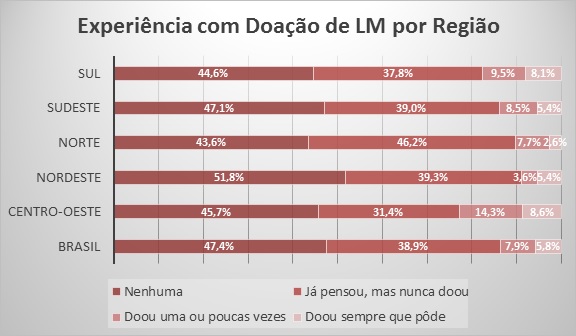
Women in the Southeast breastfeed their children longer than any other part of the country. 76.3% breastfeed for at least 6 months and 21.6% even go beyond 2 years. In the Center-West, the value of breast milk in the first months is equally recognized and practiced accordingly. The South and Northeast regions have rates of over 30% for stopping breastfeeding within the first six months.
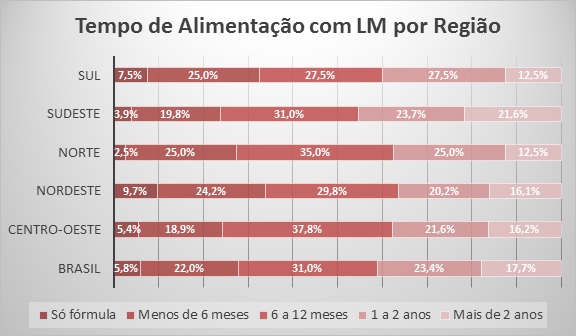
There are also differences at the state level. For reliable data, we only show results for states with at least 25 responses. While in Santa Catarina and Pernambuco, more women don’t breastfeed and fewer reach 6 months, mothers in São Paulo are almost aligned with the national average. Also notable is the importance of breastfeeding in Rio de Janeiro, which not only has the lowest rate of women who only use formula but also extends breastfeeding far beyond the minimal 6 months.
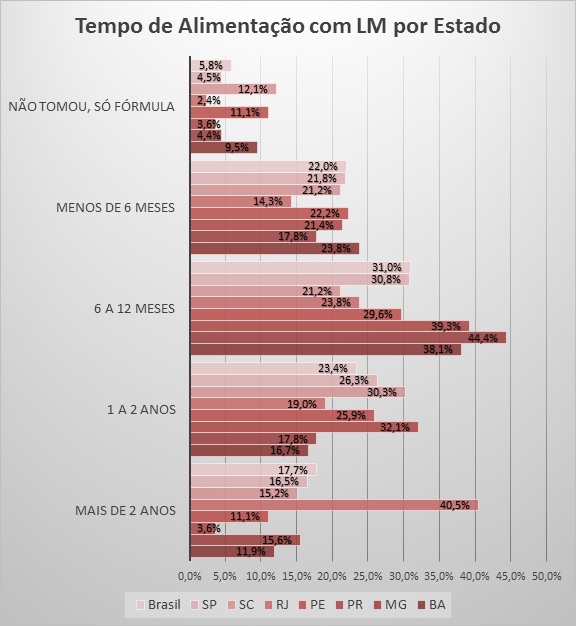
Mothers in the South are those who least respect exclusive breast milk feeding during their baby’s first six months. 44.6% introduce other foods before that point. While the proportion of mothers who add other foods soon after birth is lower in the Southeast and Center-West, women in the North most respect the exclusive breastfeeding period. In the Northeast and Center-West, breastfeeding continues beyond the recommended six months.
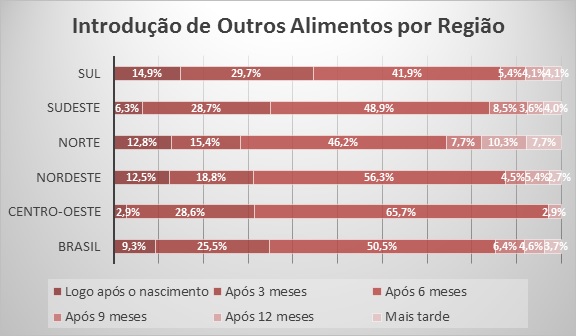
On average, mothers from Minas Gerais are the least likely to respect the exclusive breastfeeding period, with more than half introducing other foods before the baby reaches 180 days of life. Mothers in Pernambuco and Rio de Janeiro are much more attentive in respecting this period. Mothers in São Paulo are slightly more aware of the potential issue than the national average.


